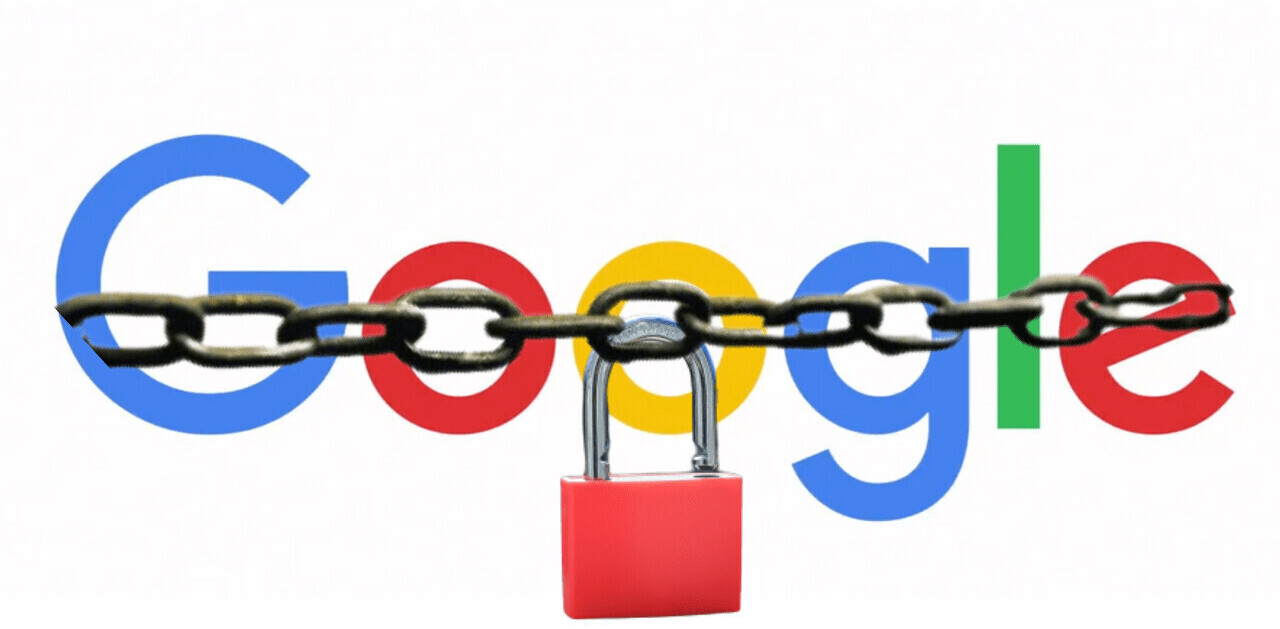After a large-scale distributed denial of service attack took down large portions of the internet today, Dyn reported our connected devices could be responsible for the attack.
Here’s how it works:
A distributed denial of service (DDoS) attack uses multiple machines to attack a central server. These server requests choke the network and allow few, if any, legitimate requests to get through. When a user attempts to access this server, they’re met with a message that it’s not available.
Now, the reason this attack was so massive relates to how it was carried out.
Rather than attack individual servers at websites like Twitter, Reddit, and Github, the attacker went after Dyn, a domain name system (DNS) provider. DynDNS is responsible for turning an internet protocol (IP) address into a readable website, so instead of a string of numbers and periods, you’ll get something like this: thenextweb.com
What the hackers did, according to DynDNS is use connected devices (routers, smart hubs, thermostats, smart locks, etc.) to attack Dyn, resulting in servers that couldn’t pass along requests due to massive increases in activity. The devices that work for us essentially went rogue and started attacking.
When DynDNS went down, it took down every site that uses its managed DNS service — which is a good portion of the web, apparently.
Get the TNW newsletter
Get the most important tech news in your inbox each week.





